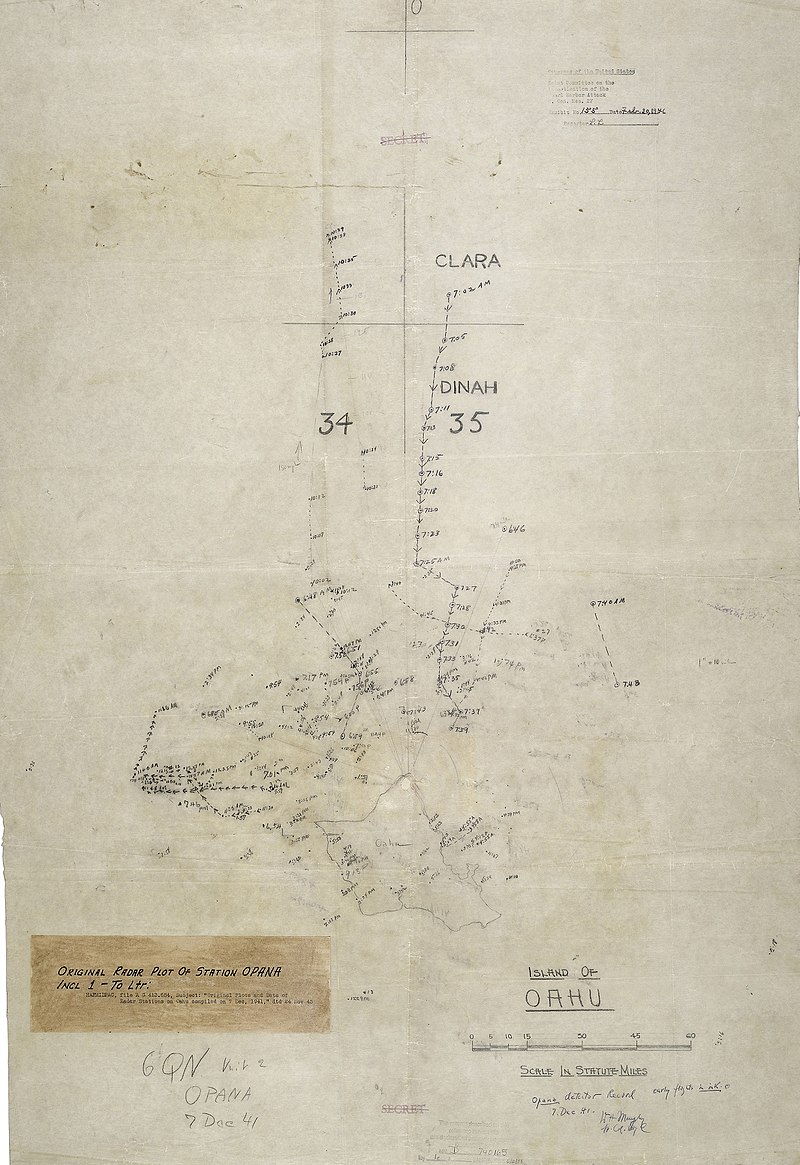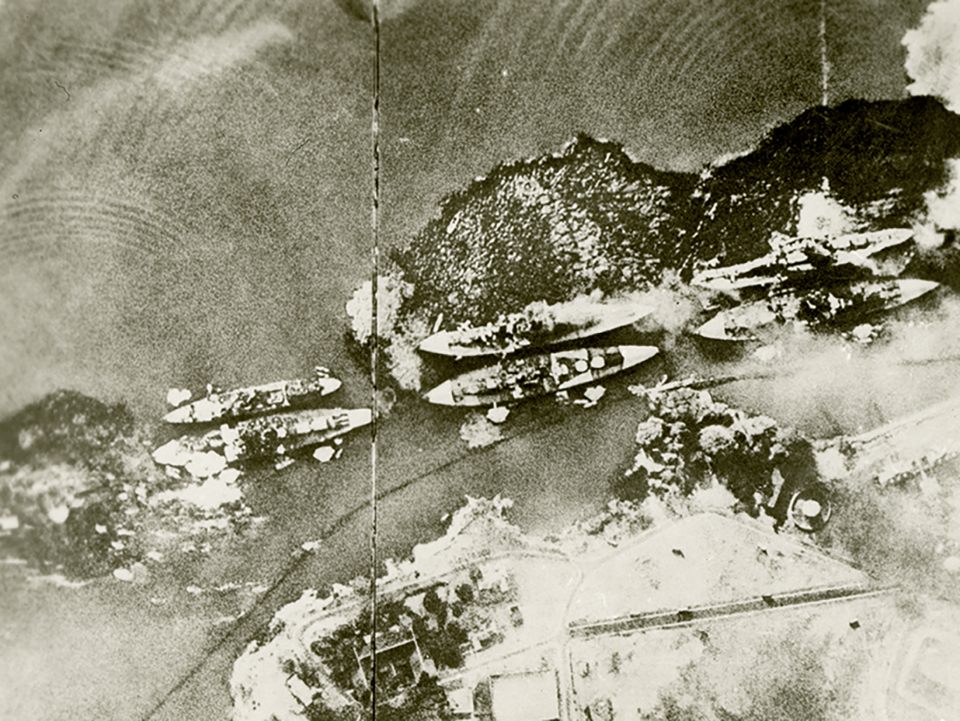Kimmel remembers to put up torpedo nets in the harbour. Murata is forced to implement Genda and Fuchida's hare brained OTL scheme for dealing with them - selecting volunteers from amongst his B5N crews to destroy the nets by crashing their aircraft onto them.
This goes about as well as it sounds: disastrously. The suicide squads are largely unable to spot, let alone accurately hit the buoys that hold the nets in place, and are lost in futile crash dives, blunting the numbers of attacking B5Ns while achieving little. Only a handful of the remainder, who boldly opt for different attack angles/approaches (including Juzo Mori), achieve meaningful hits, which are insufficient to sink anything from the battle line - the rest find their torpedoes stopped completely cold by the netting.
It's all up to Fuchida's level bombers now, but given that the first phase has gone off half cocked, the Americans have been granted the precious minutes required to mobilise a defence. The AA gunners find the range and stymie the lead bombardiers' aim where they do not outright cause losses; Fuchida's force achieves one or two hits, but Tadashi Kusumi's OTL knockout blow to Arizona is not among them.
Desperate to salvage something out of this disaster, Fuchida diverts the first wave D3As, originally slated to bomb the airfields, to the harbour instead. Armed with land bombs rather than armour piercers, their weapons cause some topside damage but little else - a poor return for the losses they end up incurring.
No thanks to the D3As' emergency redeployment, the airfields are largely spared. As a result, both the withdrawing first wave and the inbound second wave are met by a swarm of interceptors that outnumber and overwhelm Itaya's A6Ms. By the end of the entire affair, Kido Butai's aircrews are gutted, with the loss of many squadron and flight leaders including Fuchida, Murata, Takahashi and Shimazaki.
In his haste to shepherd the few surviving bombers to safety, Itaya does not initially realise he is being tailed on his way back to Kido Butai. By the time he shakes off his pursuers, Kimmel and Short have already figured out the direction in which to send every available land based strike aircraft.
With nothing but a skeleton force providing CAP, Kido Butai's fate is sealed the moment the first B-17s and SBDs appear on the scene. In exchange for trifling American losses, Akagi, Kaga, Soryu and Hiryu are all fatally hit; Nagumo, Yamaguchi and Genda share the fate of these ships. Chuichi Hara can do nothing else but send Shokaku and Zuikaku, the former moderately damaged but still miraculously underway, fleeing westwards and he does not stop running until he reaches Truk Lagoon.
Unfortunately, he is still there with both carriers when Enterprise, Saratoga and Lexington, a vengeful Bull Halsey leading them, come a-calling several days later...

